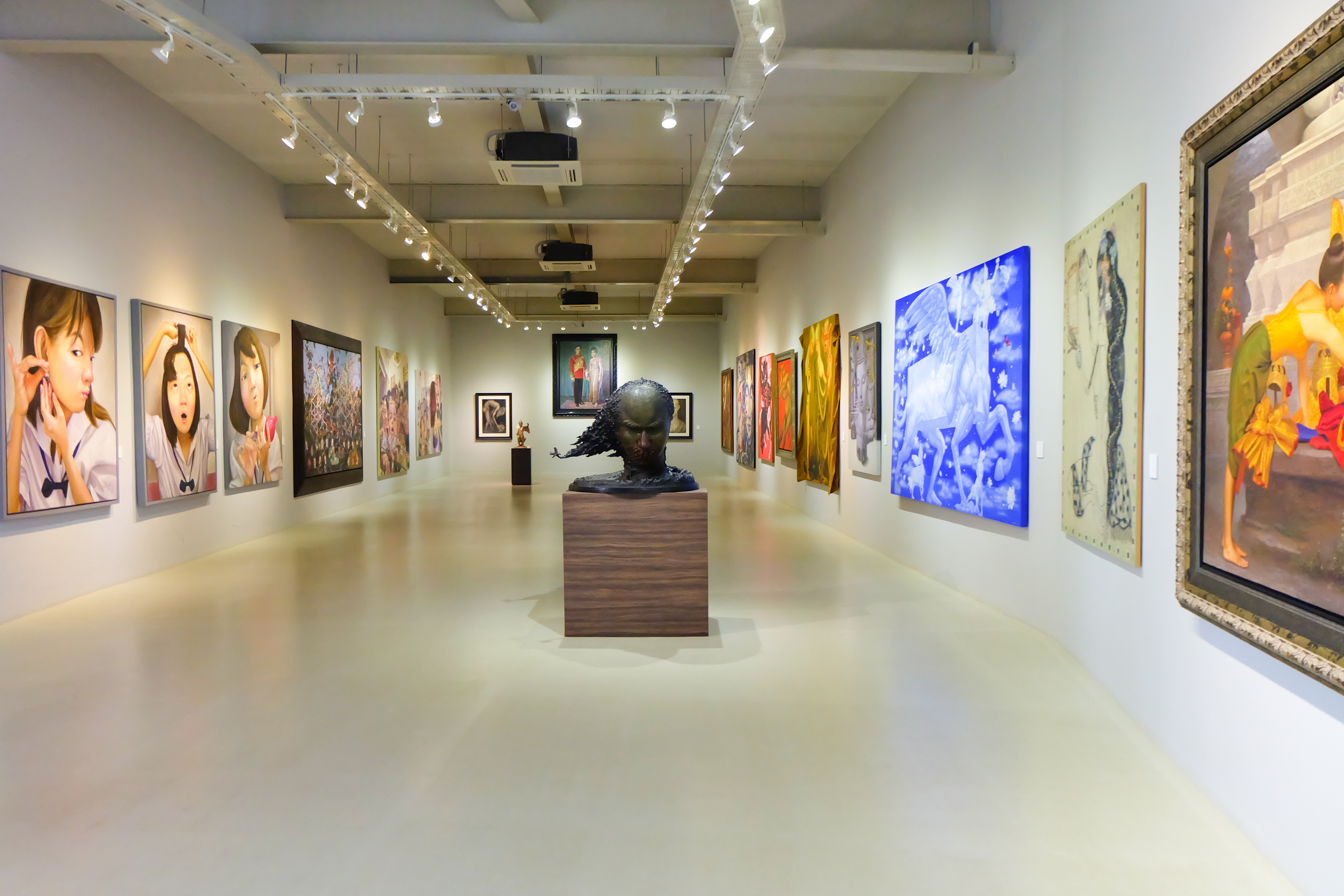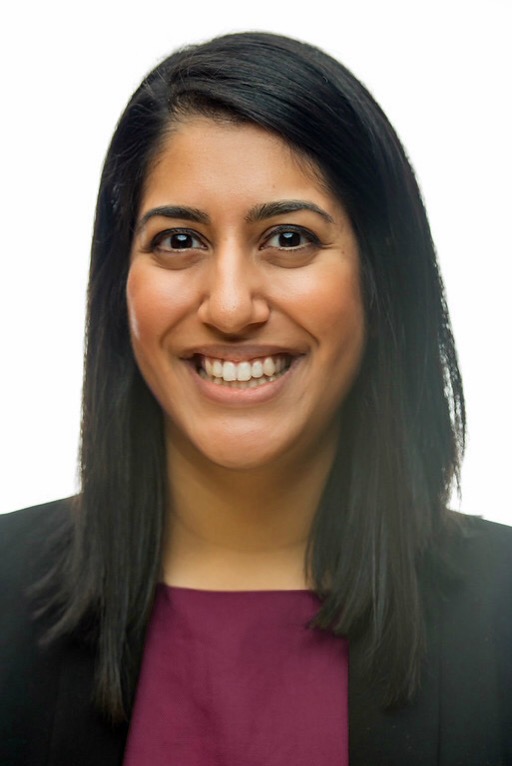Introduction
Art museum-based education can be a powerful tool with high potential for impact on learners in medical education. Thinking across disciplines about how we teach and provide a valuable space for practicing skills like close observation, tolerance for ambiguity, and shifting perspectives is core to the collaboration between a museum educator and medical educator. The positive experiences and bi-directional impact described below from the perspectives of both a clinician educator and museum educator was inspired by such a collaboration.
Clinician Educator:
As clinicians, we must see patients as humans first. Focusing on the importance of clinical excellence and translation of this clinical care with kindness and compassion are key components of humanistic care. As Director of The Healthcare Foundation Center for Humanism and Medicine at Rutgers New Jersey Medical School, I am constantly thinking about what humanism means in medicine. Additionally, I am interested in how we can continue to cultivate and advocate to protect humanism in medicine, despite the competing demands that we all face in medical training and clinical practice.
As a clinician educator, I applied to the Harvard Macy Institute Art Museum-based Health Professions Education Fellowship intrigued by how museum-based art could be used as an educational tool. My project focused on exploring humanism through museum-based art with the overarching goals to help learners think creatively, analyze with curiosity, and question with empathy. Specifically, I wanted learners to think about what it means to be a humanistic physician in the context of promoting health equity.
The fellowship opened my eyes to the power of art museum-based education. Using tools like Visual Thinking Strategies (VTS), the personal response tour, and building a group story led to ‘aha moments’ about how engaging with works of art in the museum can help develop skills and create safe spaces where learners can explore vulnerable topics with courage. What also became clear is the critical importance of partnering with a senior museum educator to help with creating an intentional and curated experience using different art museum-based education modalities to help achieve session goals and objectives.
Our senior museum educator brought to life an experience that had previously only existed on paper. Learners engaged in self-reflection using writing and drawing and small group discussion to practice skills essential to promoting humanism in medicine. Many exclaimed in wonder how they had previously never thought art and medicine could so seamlessly integrate and lead to deep reflection and learning.
Museum Educator:
As the senior museum educator at the Newark Museum of Art, I focus on highlighting connections between science and art in our collections. With a strong background in physics and astronomy and a passion for art, I have been engaging audiences of all ages and backgrounds for the past 20 years. Health, wellness, and mindfulness are personal passions of mine. I was very excited for the opportunity to work with Dr. Ayyala and the team at The Healthcare Foundation Center for Humanism and Medicine at Rutgers New Jersey Medical School. Through art museum-based education, we can create connections that allow us to see each other as individuals and as part of a greater diverse and beautiful human community.
Our first session focused on observations and how they can be useful and biased. In the medical field, a clinician may have a limited amount of time with a patient. What might they miss during their initial observations? Learners were given 10 seconds to look at a piece of art and were asked to recall as much as they could. They were allowed to look again for another 10 seconds and asked what additional things they noticed. This exercise focused on selective perception, and highlighted the tendency for all people to take more notice of things that interest or are familiar to them. We use selective perception in our everyday lives to help make sense of the world. In stressful situations, it can cause people to focus on what is familiar and ignore or dismiss essential information.
During our sessions, participants were exposed to the nuance of observations, perspectives, and lived experiences. Focusing on communication skills through pair and group conversations led to connections in shared experiences and empathy. In one of our discussions, I was struck with the diversity of conversation topics that stemmed from observations and personal opinions on a piece that many students found to evoke uncomfortable feelings and emotions. Overall, the conversations related to this piece focused on feelings of fear, distress, and powerlessness. Not wanting to end the conversation on negative emotions, we discussed alternative interpretations of the piece and how perception and personal history influences how we react to stressors.
In all our sessions, learners were encouraged to embrace ambiguity and the challenges of uncertainty. We strived to create a brave space for dialogue and nonhierarchical sharing that highlights the importance of all voices. This is one of many ways that we can approach the unknown or the uncomfortable with respect and understanding for each other in all aspects of life.
Conclusion
What has become clear in this process of developing and implementing art museum-based educational programming is how critical these cross-disciplinary interactions can be to the learning process, especially around topics that are shared across lived experiences. Being in a museum setting, as opposed to looking at images online or in a book, allows for deeper, personal connections and conversations. Working together to promote these types of experiences has the possibility for tremendous impact in medical education.
Did you know that the Harvard Macy Institute Community Blog has had more than 400 posts? Previous blog posts have explored topics including the art of education, art as antidote, and can art reframe medicine?
Manasa S. Ayyala, MD (Museum ’21) is an Associate Professor of Medicine and serves as Director for The Healthcare Foundation Center for Humanism and Medicine at Rutgers New Jersey Medical School. Her areas of professional interest include physician wellness, health equity, and humanism in medicine. Manasa can be followed on Twitter or contacted via email.

Mary E. Hiller, MSc is the Senior Museum Educator at the Newark Museum of Art. Her areas of professional interest include science education, community involvement, and social change. Mary can be followed on LinkedIn or contacted via email.
HMI Staff



